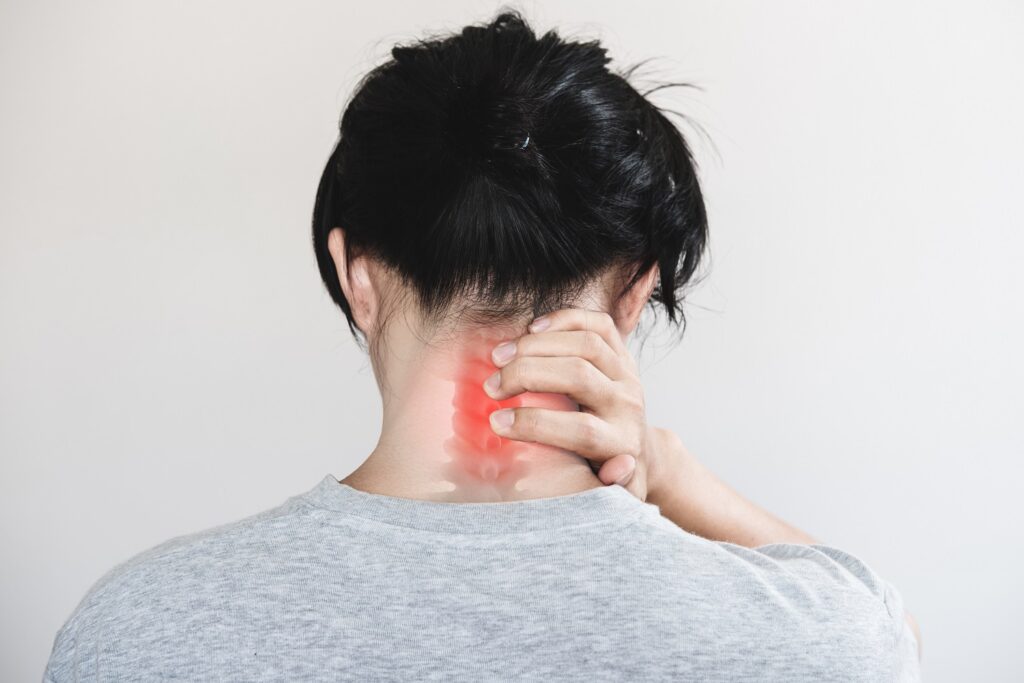
Cervical Spondylosis
Clinical Features:
Symptoms:
● As people age, the structures that make up the backbone and neck gradually develop wear and tear. These changes can include:
Dehydrated disks: Disks act like cushions between the vertebrae of the spine. By the age of 40, most people's spinal disks begin drying out and shrinking. As the disks become smaller, there is more bone-on-bone contact between the vertebrae.
Herniated disks: Cracks also appear on the exterior of the spinal disks. The soft interior of a disk can squeeze through these cracks. Sometimes, it presses on the spinal cord and nerve roots.
Bone spurs: As the disks break down, the body may produce extra amounts of bone in a misguided effort to strengthen the spine. These bone spurs can sometimes pinch the spinal cord and nerve roots.
Stiff ligaments: Ligaments are cords of tissue that connect bone to bone. Spinal ligaments can stiffen with age, making the neck less flexible.
● Risk factors for cervical spondylosis include:
● Age: Cervical spondylosis occurs commonly as part of aging.
● Occupation: Jobs that involve repetitive neck motions, awkward positioning or a lot of overhead work put extra stress on the neck.
● Neck injuries: Previous neck injuries appear to increase the risk of cervical spondylosis.
● Genetic factors: Some individuals in certain families will experience more of these changes over time.
● Smoking: Smoking has been linked to increased neck pain.

